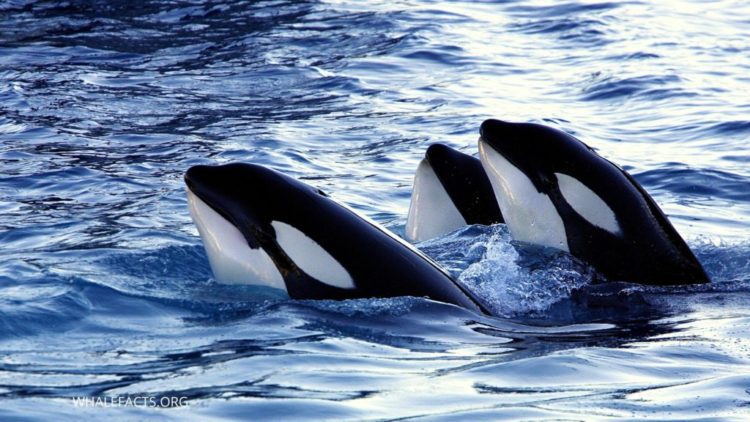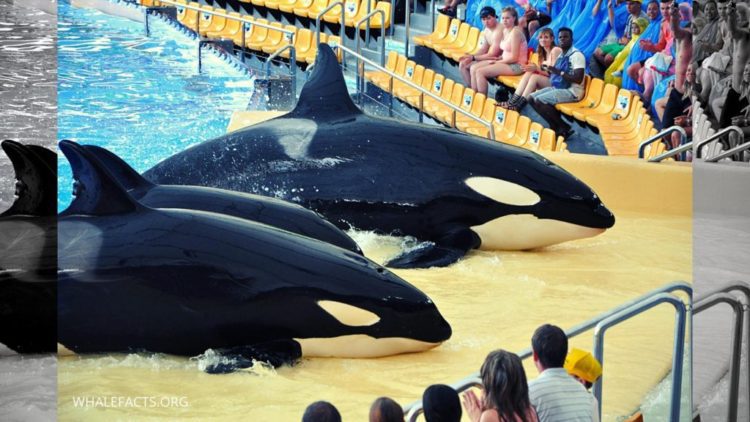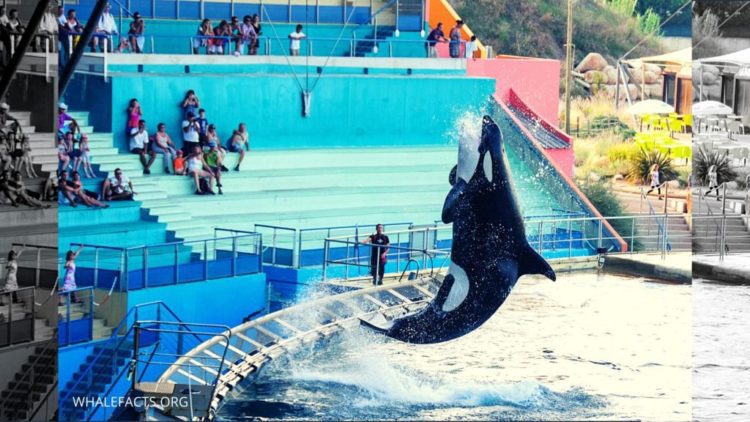Although popularly seen as one of the most deadly of the ocean’s creatures, the fact is that killer whales, or more correctly, Orcas, have been implicated in very few attacks on humans.
In fact, the only documented Orca attacks that have resulted in fatalities have involved captive Orcas at marine parks.
These attacks are almost certainly not indicative of the behavior of Orcas in the wild.
Attacks and Incidents Involving Orcas in the Wild
There have been very few cases of Orca attacks in the wild, and most marine biologists believe that in most cases, such attacks are a case of mistaken identity, where the dolphin initially identifies the human as a prey animal.
In these cases, the killer whale quickly ceases its actions upon realizing its mistake.
One of the most dramatic examples of this behavior was the 1910 Terra Nova Expedition.
While the expedition was crossing ice floes, a group of killer whales attempted to tip the ice over and spill the men and dogs into the water.
However, most marine biologists believe the trigger for the attack was the dolphins’ mistaking the dogs’ barking for seal calls.
There have been filmed instances where killer whales have tipped ice floes over to spill seals into the water where they can be killed and eaten.
This makes the mistaken identity theory a logical explanation for the incident.
Other recorded cases suffer from uncertainty about the dolphins’ intentions or whether the attacker was even a killer whale.
For example, in an 1820 incident, sailors from Essex claimed that their lifeboats were attacked by killer whales but could not conclusively state that their attackers were Orcas.
In fact, there is currently only one case of a confirmed killer whale attack in the wild.
This attack occurred in 1972 and involved a surfer named Hans Kretschmer.
The attack resulted in him requiring over 100 stitches and could easily have resulted in a fatality.
Other than that, the number of reported attacks in the wild is minimal, often with no attacks occurring in an entire year.
Attacks by Captive Orcas
However, there are several attacks on humans by Orcas held in captivity, and all confirmed deaths from orca attacks have occurred at marine parks or other holding facilities for Orcas.
In most of these cases, the victim is one of the trainers or another park employee rather than a public member.
Since the early 1970s, over 30 incidents involving captive Orcas resulted in human injury or death.
In most cases, Orca attacks in captivity include pushing up against the human, dragging them down to the bottom of the pool, refusing to allow them to come up for air, and striking the human with their bodies.
Severe bite-related wounds have also occurred in these attacks, especially when the Orca attempts to drag the human using its teeth.
Usually, fatal attacks involve the staff rather than the public, although, in 1999, a trespasser named Daniel Dukes gained access to the Orca enclosure after the park had closed.
His body was later found on the back of the largest Orca, Tilikum.
There is some question as to whether or not the Orcas had played a role in his death or if he had died from other causes once in the tank.
However, in 2010, Tilikum attacked and drowned trainer Dawn Brancheau and killed another trainer in 1991, reopening the debate about the death of Mr. Dukes.
The Reasons For Captive Orca Attacks Remain Unknown
It should be noted that given the number of trainers and park workers they encounter, the number of confirmed attacks remains low.
Many groups believe these captive Orcas suffer stress due to the nature of their confinement, leading them to be aggressive to other dolphins and humans alike.
Also, due to the size and strength of killer whales, it is possible that some of these attacks, even those that cause serious injury or death, are not actually a serious attempt to harm the human on the part of the dolphin.
However, marine parks have implemented several policies designed to protect the trainers.
All parks forbid individuals from entering the pool without attendants ready to assist.
Also, dolphins with a history of violent acts may be isolated from human contact to protect the staff.
In some cases, trainers may be equipped with oxygen-supply systems to prevent drowning if they are pulled into the water by a dolphin.
Ultimately, killer whales have been involved in very few attacks on humans, whether wild or in captivity.
In fact, they are no more dangerous than any large animal and considerably less dangerous to humans than many large land carnivores.



